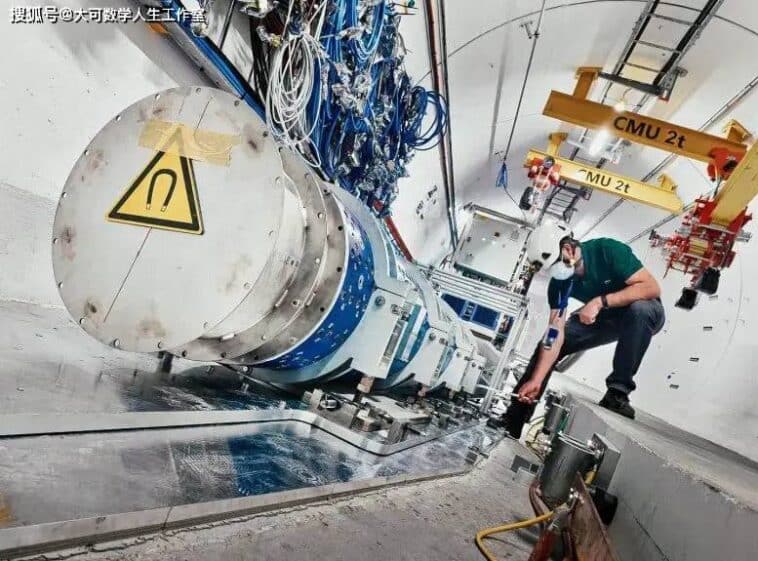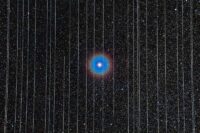It may also help understand cosmic neutrinos, which travel great distances and collide with Earth. The discovery was made using FASER, a particle detector installed at CERN, which detects particles produced by CERN’s Large Hadron Collider.
The particle was first discovered in 1956 and plays a key role in making stars burn up. The discovery is expected to help physicists understand the nature of the most abundant particle in the universe.
The work could also shed light on what happens to cosmic neutrinos that travel long distances and collide with Earth, providing a window into distant parts of the universe.
This is the latest result of the Forward Search Experiment (FASER), a particle detector designed and built by an international team of physicists and installed at CERN in Geneva, Switzerland. There, FASER detects particles produced by CERN’s Large Hadron Collider.
“We found neutrinos from a completely new source — in a particle collider, where you have two beams Particles smash together at extremely high energies.” He initiated the project, which involved more than 80 researchers at UCI and 21 collaborating institutions.
The FASER particle detector is located deep underground at CERN’s Large Hadron Collider and was built mostly from spare parts from other CERN experiments. Credit: Photo courtesy of CERN
Particle physicist Brian Peterson of CERN announced the results on behalf of FASER on Sunday at the 57th Rencontres de Moriond Conference on Electroweak Interactions and Unified Theories in Italy.
Neutrinos, co-discovered nearly 70 years ago by the late UCI physicist and Nobel laureate Frederick Reines, are the most abundant particles in the universe and “are important in establishing the Standard Model of particle physics,” FASER joint spokeswoman Jamie Boyd said. “But neutrinos produced at colliders have never been detected experimentally.”
Since the pioneering work of Reines and UCI physics and astronomy professor Hank Sobel, among others, most neutrinos studied by physicists have been low-energy neutrinos. But the neutrinos detected by FASER are the highest-energy neutrinos ever produced in a laboratory, and are similar to those found when deep-space particles cause a huge rain of particles in our atmosphere.
“They can tell us about deep space in ways we can’t,” Boyd said. “These very high-energy neutrinos in the LHC are really exciting observations in understanding particle astrophysics.” Very important.”
FASER itself is new and unique among particle detection experiments. Compared to other detectors at CERN, such as ATLAS, which is several stories high and weighs thousands of tons, FASER is about a tonne and fits neatly in a small side tunnel at CERN . Moreover, it only took a few years to design and build using spare parts from other experiments.
“Neutrinos are the only known particles that cannot be directly detected by the larger experiments at the LHC, so the successful observation by FASER means that all of the collider’s experiments will continue,” said UCI experimental physicist Dave Casper. The potential of physics is finally being tapped.”
Aside from neutrinos, FASER’s other main goal is to help identify the particles that make up dark matter, which physicists believe includes most of the matter in the universe, but they’ve never directly observed.
FASER has yet to detect signs of dark matter, but with the LHC set to begin a new round of particle collisions in a few months, the detector is poised to record any dark matter that emerges.




GIPHY App Key not set. Please check settings